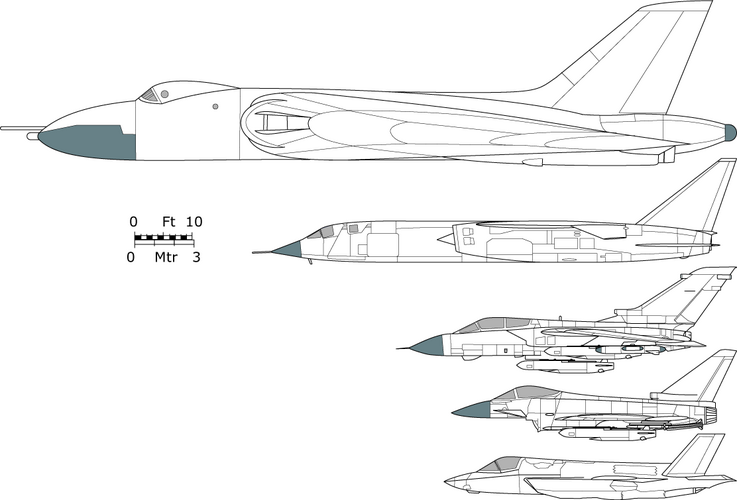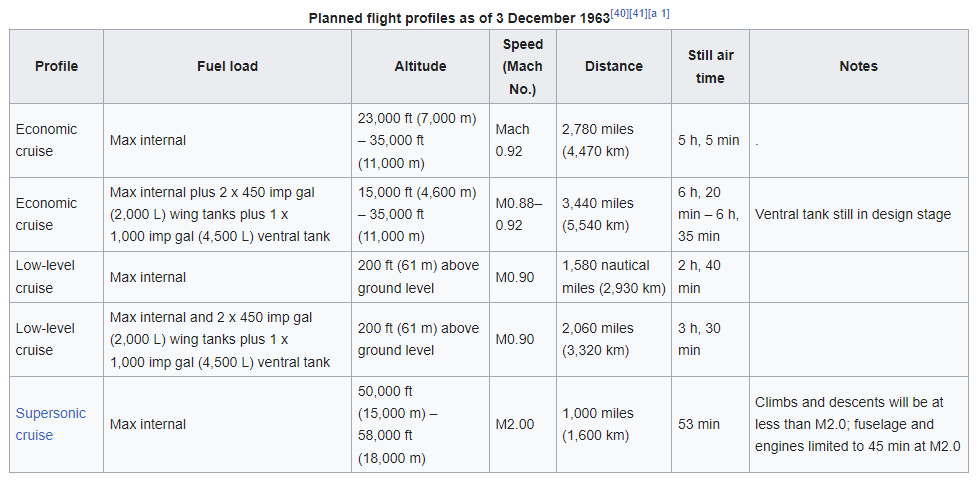So
, Q: how did UK move from:
unaffordability: 50xTSR.2, 4/65; 50xF-111K, 1/68; to deployment of 228xIDS Tornado, 1/7/84-14/3/19?
MoA Mulley, HoC, 10/3/66: at canx. assumed >£475Mn.R&D+
50 TSR.2,
cf. £125Mn.{+£25Mn.interest}:
50xF-111K;
10 yrs. TSR.2 operation as >£300Mn. >F-111K. UK proceeded with MRCA (prodn. contract 7/76) at a Panavia not-to-exceed Unit price of £3.07Mn. (money as at 5/70). Defence GDP share was 5.5%, 1965/66; 4.7%, 1976/77. RAF's share did not drastically change. All knew better than to surmise cost-of ownership. (
https://publications.parliament.uk/pa/cm201516/cmselect/cmdfence/494/49404.htm, 20/4/16. Do recognise the non-comparability of scope of all these numbers {gun, ejection seat, inventoried kit, in? no?}, so just take them as
rough-order-of-maybe).
A: I don't know. But maybe...: FRG had been in DoD 1964-68 trying to do
AVS, so learning some Project Management magic, which they imposed on the collaboration. So: Reliability and Maintainability Panel, Specifying such virtues in-upfront design - novel in UK, who had difficulty staffing such berths. (Fans need reminding that TSR.2 avionics reliability guess was that System MTBF might be
“measured in minutes” (
RAFHS,Jrnl.17B,P170): i.e. no second sortie same day; so AW only; so no need for iron precision, so failure to meet the O.R.).
Other
McNamara PERT-fairy-dust included Configuration Control - No Change, Why Change?, deflecting flavour-of-the-month fashion.
But more than all that...people woke up to the Purpose of the Product: one avionic box (we still had black boxes then), Elliott's Stores Management System, was there to put ordnance where it was wanted. Everything else was to support just that.
The Product, in the culture of all on TSR.2, was the
Magnificent Flying Machine. Somehow, and I know not quite how, more Tornados could be generated more rapidly by fewer people than would ever have been possible on TSR.2, so we, the User, got more bang for the buck.


